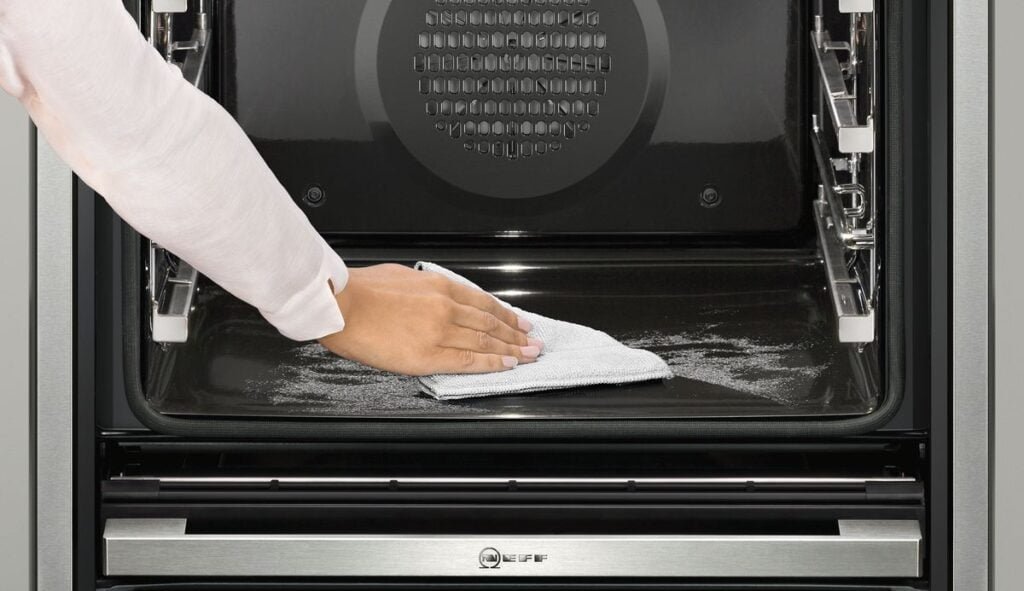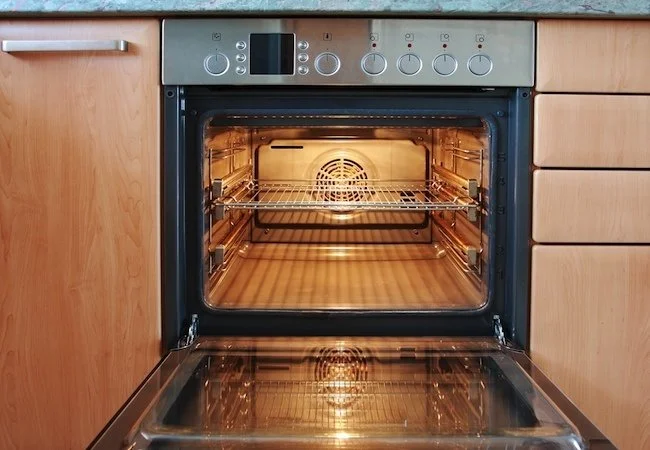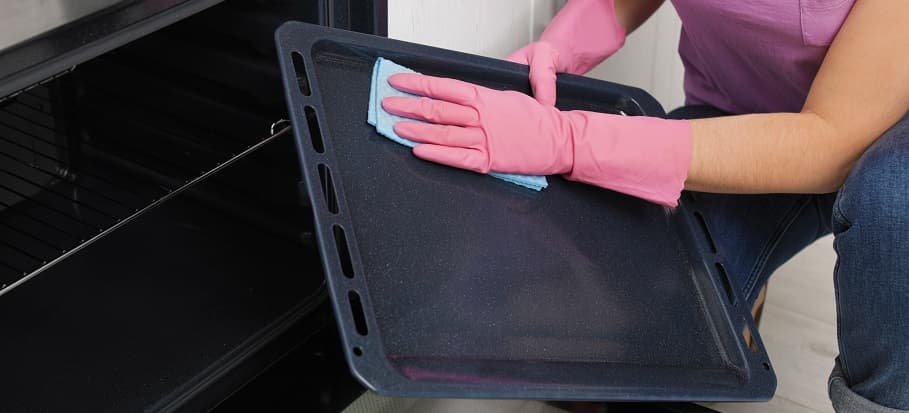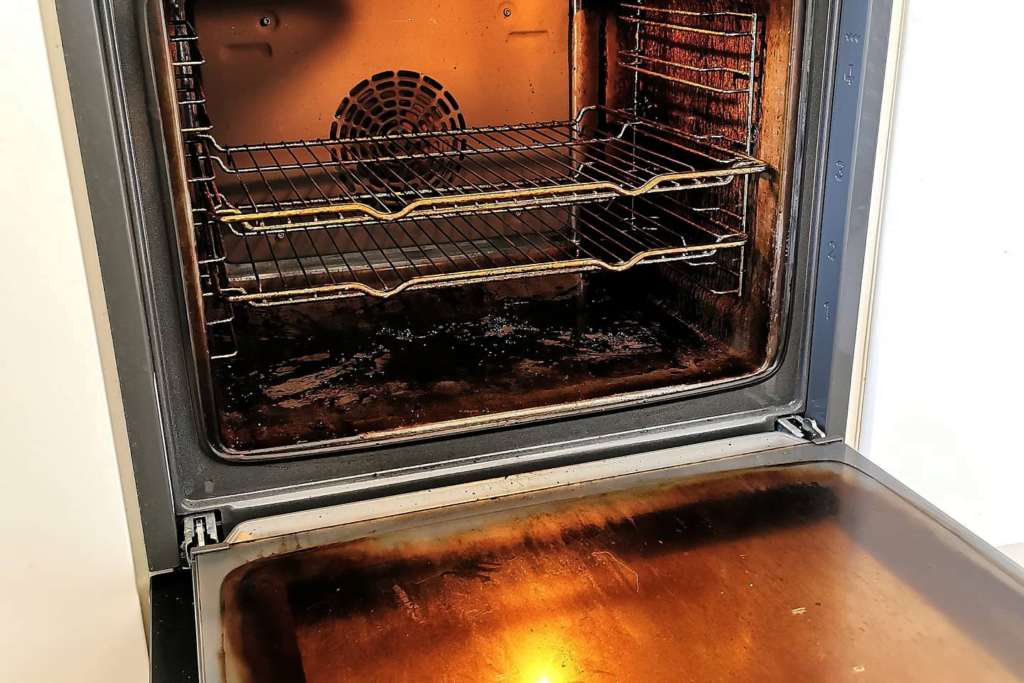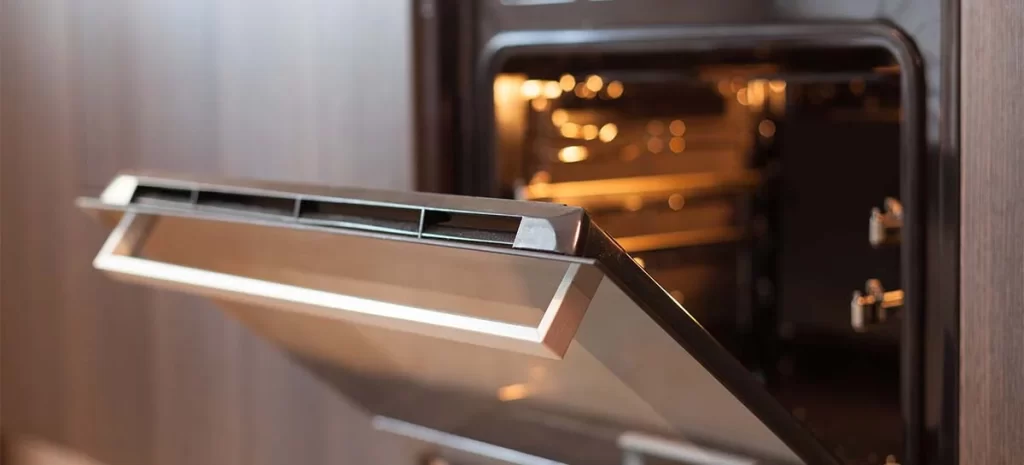
How to Make Your Oven More Energy Efficient
Making your oven more energy-efficient can help reduce your energy bills and minimize your carbon footprint. Here are some tips to improve the energy efficiency of your oven:
- Use the convection setting: Most modern ovens have a convection setting, which uses a fan to circulate hot air around the food. This can help your food cook more evenly and reduce cooking times by up to 25%, saving energy in the process.
- Preheat efficiently: While preheating is necessary for some recipes, it’s often unnecessary for others. For dishes like casseroles or roasted vegetables, you can skip the preheating step and place your food in the oven while it’s heating up.
- Use the right cookware: Opt for oven-safe glass or ceramic dishes and metal pans that conduct heat efficiently. These materials distribute heat evenly, allowing you to lower the cooking temperature or cook for a shorter time.
- Choose the right size cookware: Use cookware that matches the size of your dish or pan, so you’re not heating excess air inside the oven. Smaller dishes in a larger oven can lead to heat loss and increased energy consumption.
- Keep the oven door closed: Opening the oven door during cooking can cause a significant loss of heat, leading to longer cooking times and higher energy use. Use the oven light and window to check on your food’s progress instead.
- Cook multiple dishes at once: If you’re making multiple dishes that require different temperatures, try to plan your cooking so that you can cook as many dishes as possible in a single batch. This minimizes the number of times you need to preheat the oven.
- Batch cooking and leftovers: Cook larger quantities of food and store leftovers in the fridge or freezer. Reheating leftovers in the microwave or a toaster oven typically uses less energy than cooking a new meal from scratch.
- Thaw food before cooking: Allow frozen foods to thaw in the refrigerator before cooking. This reduces cooking time and energy consumption.
- Use the self-cleaning feature sparingly: Self-cleaning ovens use a lot of energy. Instead, clean your oven manually when it’s cool, using eco-friendly oven cleaners or natural cleaning methods.
- Maintain your oven: Keep the oven’s seals, gaskets, and hinges in good condition to prevent heat loss. Regularly clean the oven’s interior, as built-up residue can reduce its efficiency.
- Adjust your cooking times and temperatures: Get to know your oven’s quirks and adjust your recipes accordingly. You might find that it cooks hotter or cooler than the temperature you set, which can affect cooking times.
- Consider using smaller appliances: For small cooking tasks, like reheating leftovers or baking a single item, consider using a microwave, toaster oven, or countertop convection oven, which typically use less energy than a full-sized oven.
By implementing these tips, you can make your oven more energy-efficient, reduce your energy consumption, and save money on your energy bills.
Book a professional service
Sometimes greasy build-up in ovens is simply too challenging to be removed. Moreover, a thorough oven cleaning can be time-consuming and not exactly a very pleasant job. Fortunately, Shining Services has professional range cooker cleaners that have all the necessary tools and skills to deal with any cleaning situation and bring your Rangemaster oven back to life. We offer a range of cleaning services, created specifically to eliminate bacteria, viruses, and carbon residue while improving the overall energy efficiency and performance of your appliances. If you are worried that you don’t have enough time to deal with deep oven cleaning, feel free to contact us and we will be happy to come to your rescue.

 1.svg)
 CALL US FOR FREE QUOTE
CALL US FOR FREE QUOTE 
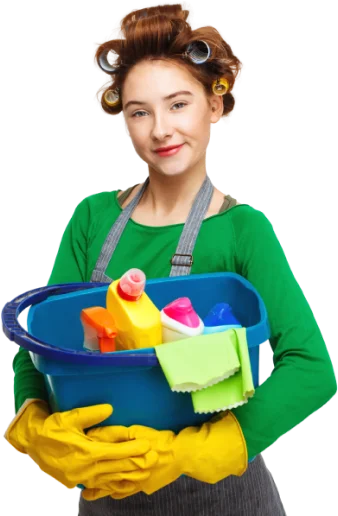

 Blog
Blog About us
About us 1.svg) Contact
Contact.svg) Bookings
Bookings Cleaning address
Cleaning address Requisites (for business)
Requisites (for business) 1.svg) Contact details
Contact details